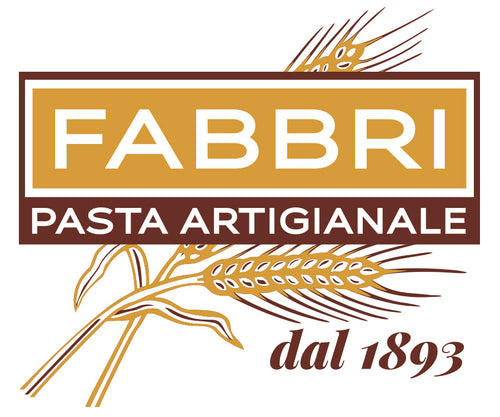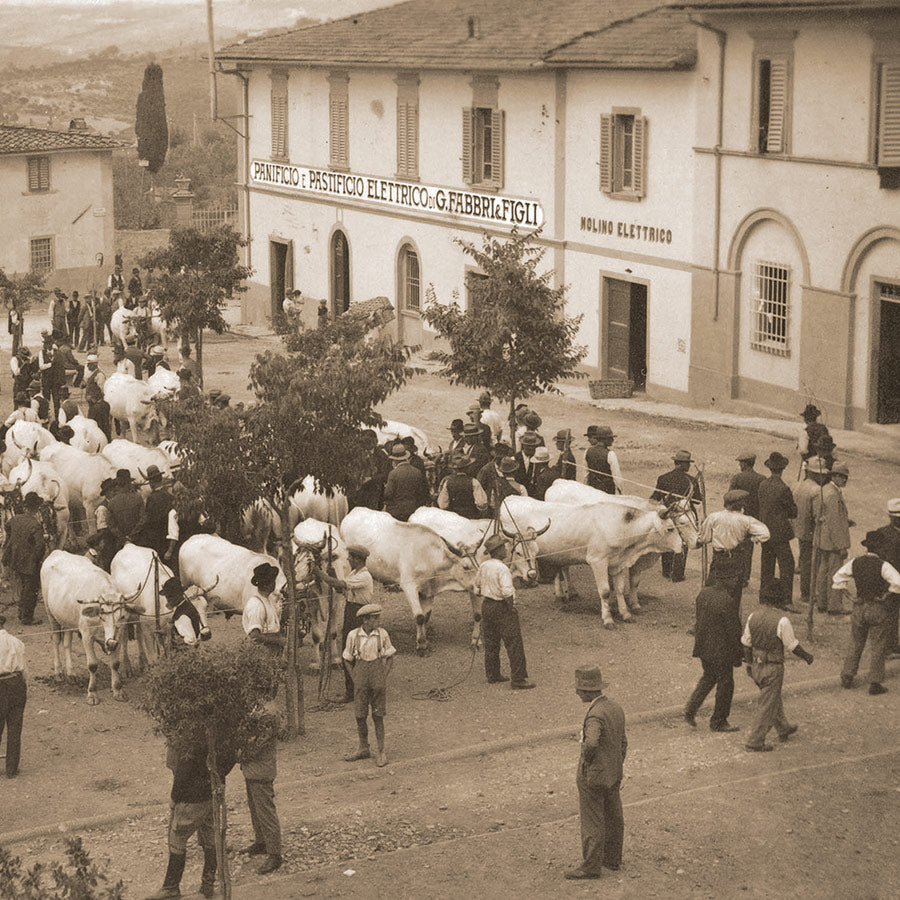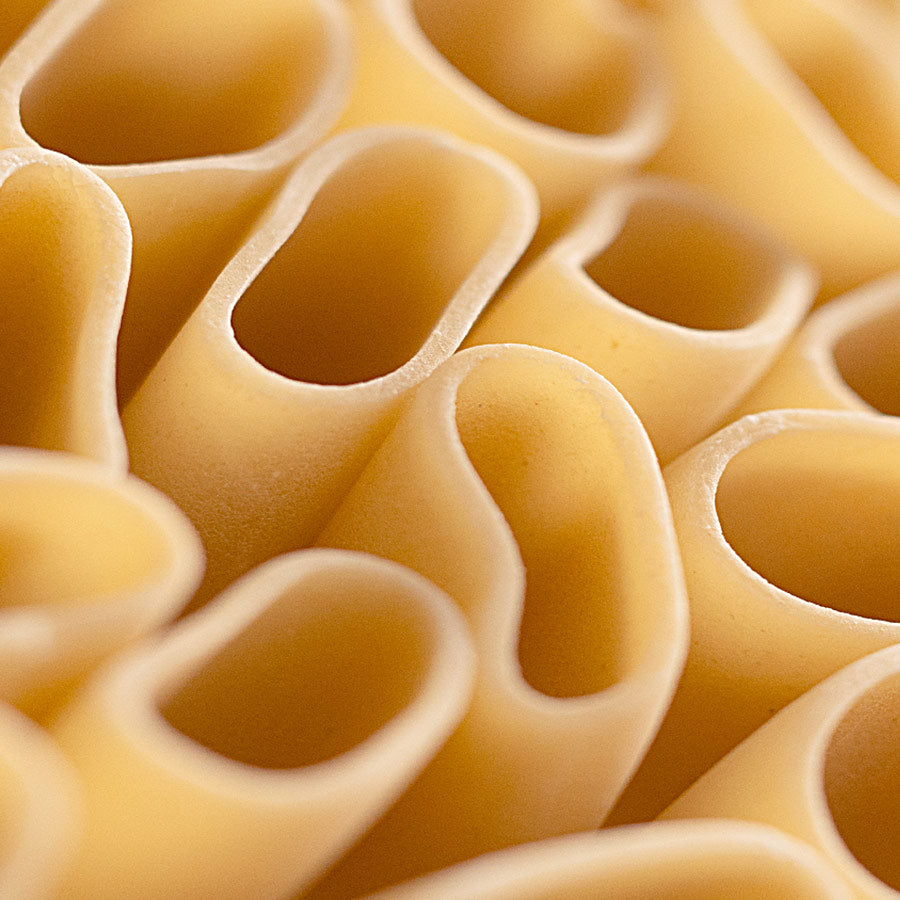Why do we use durum wheat semolina to make pasta?

When we produce dry pasta, we use water and durum wheat semolina, and not soft wheat flour. Why? Do you know the difference?
Durum wheat and soft wheat
The difference between soft wheat and durum wheat lies mainly in the characteristics of the gluten and its final use.
We obtain semolina by grinding durum wheat. Flour is instead obtained by milling soft wheat.
Soft wheat is the most common type of wheat, widely used in the production of flour for bread, fresh pasta and desserts. Its gluten is softer and more elastic than durum wheat.
On the other hand, durum wheat contains a greater amount of tougher gluten. In fact, thanks to its consistency and durability, durum wheat is ideal for the production of dry pasta such as spaghetti, penne, fusilli and other shapes.
In addition, there is a law in Italy (Presidential Decree 187 of 2001) that establishes the obligation to produce pasta using only durum wheat semolina.
Durum wheat grows best in warm climates. Consequently, in Southern Italy, it is common to find products such as pasta, bread, and pizza made from durum wheat semolina. An example is Sicily, where Timilia (or Tumminia), an ancient variety of durum wheat, is used for making pizza and bread. On the other hand, in the northern regions, where the climate is more suitable for producing soft wheat, it is more common to make fresh pasta, such as the famous tortellini, gnocchi, or egg tagliatelle.
At Pastificio Artigiano Fabbri, we carefully select semolina from ancient organic durum wheats, such as Senatore Cappelli. This grain naturally combines elasticity and strength, qualities that allow our pasta to maintain a perfect texture when cooked and to hold sauces beautifully, enhancing every flavor.
If you’re curious to know how spaghetti is made, click here.















